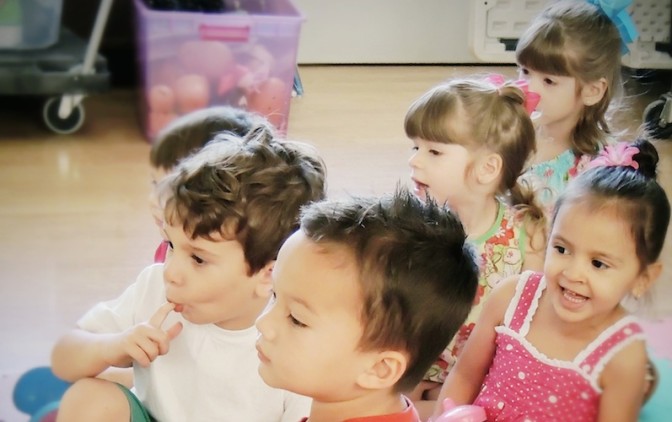It gives children a cognitive advantage
Research shows that learning a second language boosts brain development and leads to better academic achievement. Second language learners are better with creativity, problem solving, and critical thinking. Additional evidence has shown that those who study a second language, even if the study of the language minimizes the time allotted to math, outperform their monolingual peers in mathematical standardized testing.
For more info visit:
http://actfl.org/advocacy/discover-languages/for-parents/cognitive
It gives children a cultural advantage
With approximately 500 million Spanish speakers around the world, and 400,000 in the state of Arizona alone, being bilingual allows children the distinctive advantage of communicating with and understanding more people. It broadens travel opportunities, and makes it easier to learn other languages. When young children are encouraged to explore Spanish as a second language, they also have an opportunity to broaden the experiences that shape their brain. Those who already know Spanish serve as language models, which in turn reinforces their language and culture by building upon what they already know.
For more information visit:
http://www.omniglot.com/language/why.htm
It gives children an economic advantage
Being fluent in more than one language gives a person an advantage. The employer realizes the employee with bilingual skills will be an asset because they will be able to communicate with more people, in the country or oversees. A brochure of the Modern Language Association states, “If you’ve ever thought of being a nurse, a doctor, a police officer, a judge, an architect, a businessperson, a singer, a contractor, or a web master, you will multiply your chances of success if you speak more than one language. A hotel manager or customer-service representative who knows English and Spanish or English and Korean may look much better at promotion time than one who only knows English” (Padilla, 2002).
For more information visit:
http://web.stanford.edu/~apadilla/Padilla_Oct02.a.pdf
http://www.iseek.org/news/fw/fw6715Fut

